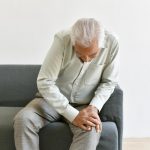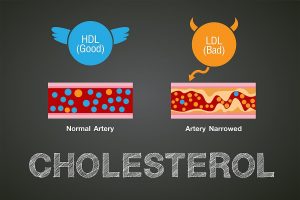
Politics, especially the 2024 elections, can quickly turn the family Thanksgiving table into a battleground. Steering clear of hot-button topics will not only help a big meal go down easier, it has health benefits as well. Keeping the peace prevents a surge of fight-or-flight hormones that can disrupt sleep and cause headaches, inflammation and even shortness of breath, according to UT Southwestern colleagues Cameron Davis, an assistant professor of psychiatry, and Sarah Woods, vice chair of research in the Department of Family and Community Medicine. They assure folks that it is possible to stay calm and enjoy yourself this Thanksgiving, even in a house divided. Here are their do’s and dont’s for reducing stress this Thanksgiving: Do communicate respectfully: Avoid personal attacks and keep the conversation focused on facts and objectives. Be assertive, not aggressive. Don’t feel pressured to engage in emotionally charged talk: Politely state your desire to not take part in political discussions — or change the topic. Don’t push family members’ buttons. Do be prepared: Practice how you will handle it if conversation gets stressful and how you’ll behave toward individuals. Don’t pressure others into a debate or insist they agree with your views: Focus on fostering respectful dialogue. Asking for permission or gauging others’ willingness to discuss a topic can help head off tense encounters. In charged conversations, remember: The goal… read on > read on >













-150x150.jpg)










-300x200.jpg)













